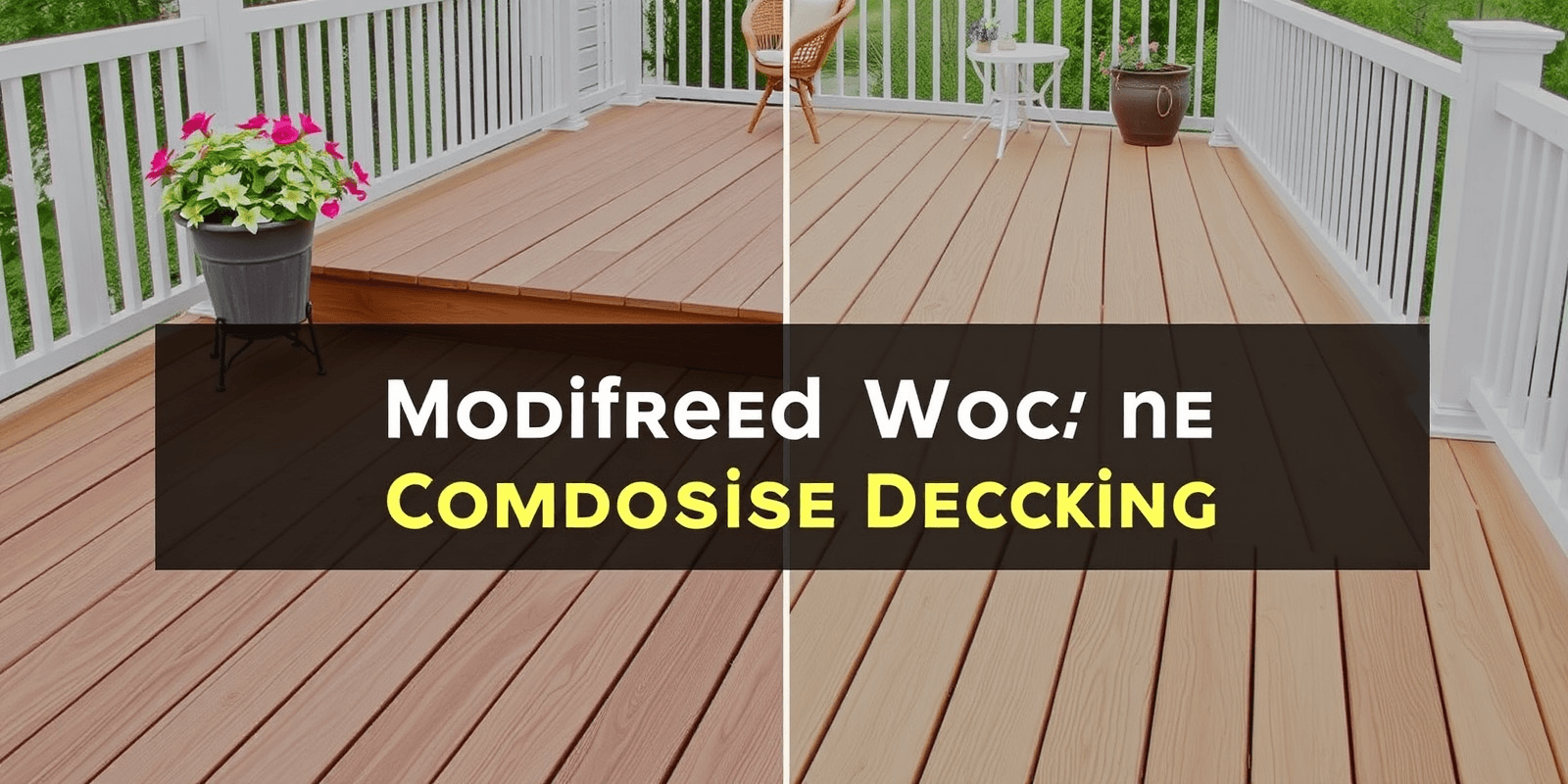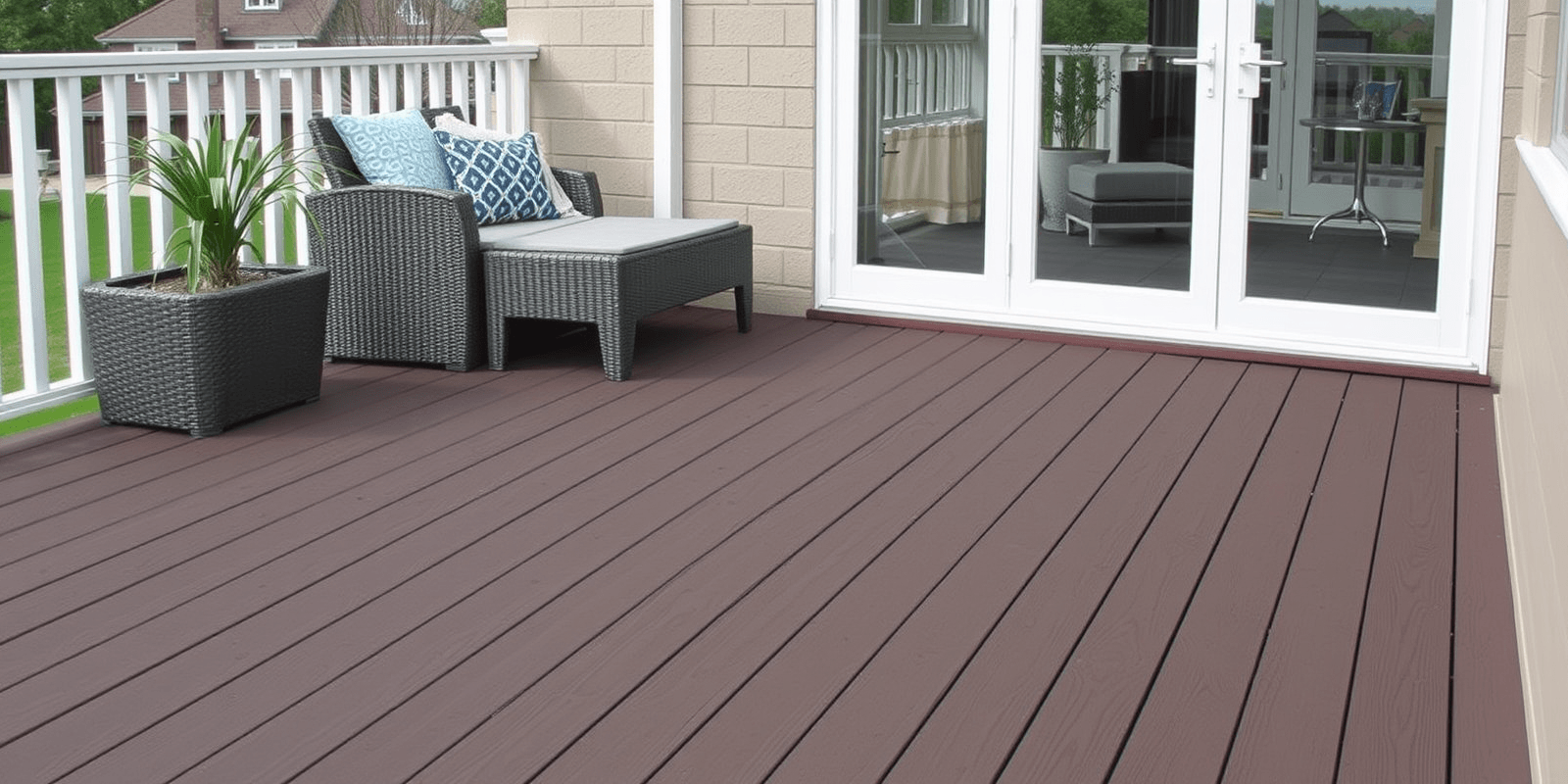“`html
Choosing Between Modified Wood and Composite Decking: A Detailed Guide
Introduction
When it comes to choosing the perfect material for your deck, two popular options stand out: modified wood and composite decking. Both materials offer unique benefits and drawbacks that can influence your decision. In this guide, we’ll delve into the pros and cons of each option in terms of durability, environmental impact, installation process, and long-term value.
What is Modified Wood Decking vs Composite Decking?
Modified wood decking involves treating natural wood with chemicals or heat to enhance its durability and resistance to rot and insects. On the other hand, composite decking is made from a mixture of wood fibers and plastic, providing a synthetic alternative that mimics the look of natural wood without the same maintenance requirements.
Durability
Modified wood decks are highly durable, offering enhanced resistance to moisture, rot, and insects compared to untreated wood. However, they still require some maintenance to maintain their appearance and longevity. Composite decking, on the other hand, is extremely durable and resistant to weather elements, requiring minimal upkeep. It is less susceptible to warping, cracking, and fading, making it an excellent choice for low-maintenance outdoor living spaces.
Environmental Impact
From an environmental standpoint, both materials have their pros and cons. Modified wood can be sourced sustainably if the wood is harvested responsibly, but the chemical treatments used may raise concerns about toxicity. Composite decking, while often made from recycled materials, involves significant energy consumption during manufacturing and has a higher carbon footprint due to the production of plastics. Both materials can be recycled at the end of their life cycle, reducing waste.
Installation Process
The installation process for both types of decking can vary depending on the specific product. Generally, composite decking is easier to install because it does not require sealing or staining, which reduces labor costs. Modified wood, however, might require more attention to detail during installation to ensure proper sealing and protection against moisture. Both materials can be installed by experienced DIY enthusiasts or professional contractors.
Long-Term Value
In terms of long-term value, composite decking often provides a better return on investment due to its durability and low maintenance requirements. It retains its appearance over time and requires minimal upkeep, which translates to lower ongoing costs. Modified wood, while initially less expensive, may require more frequent maintenance and replacement, potentially affecting its overall value over time.
“`



